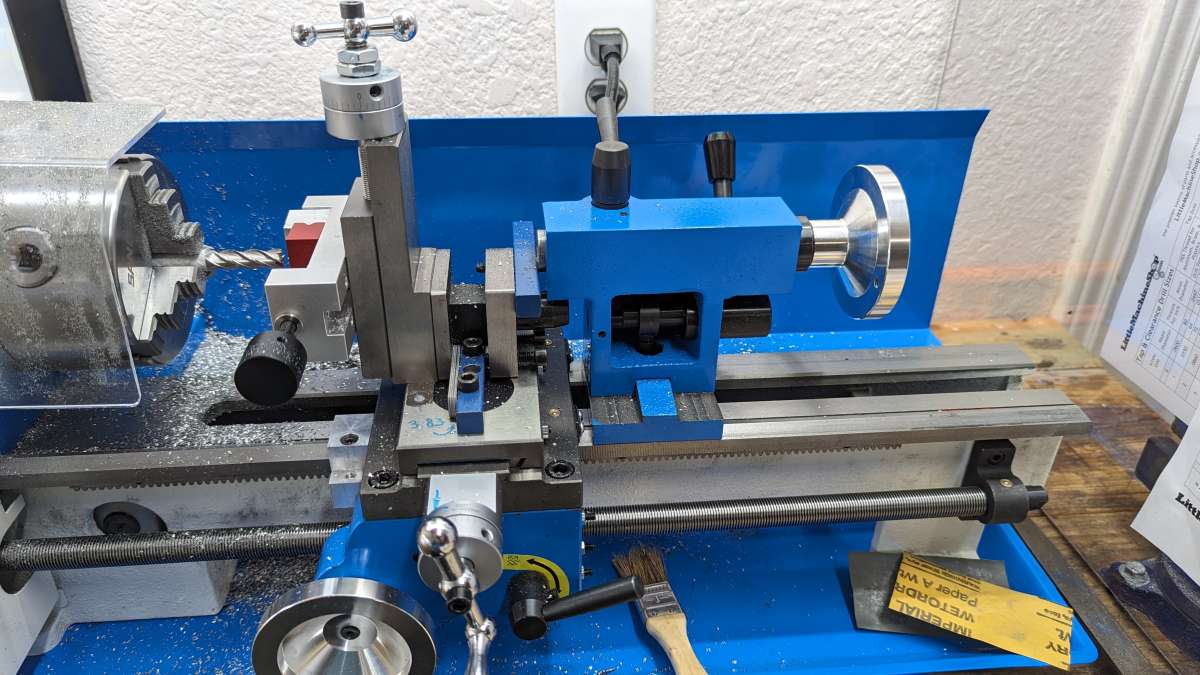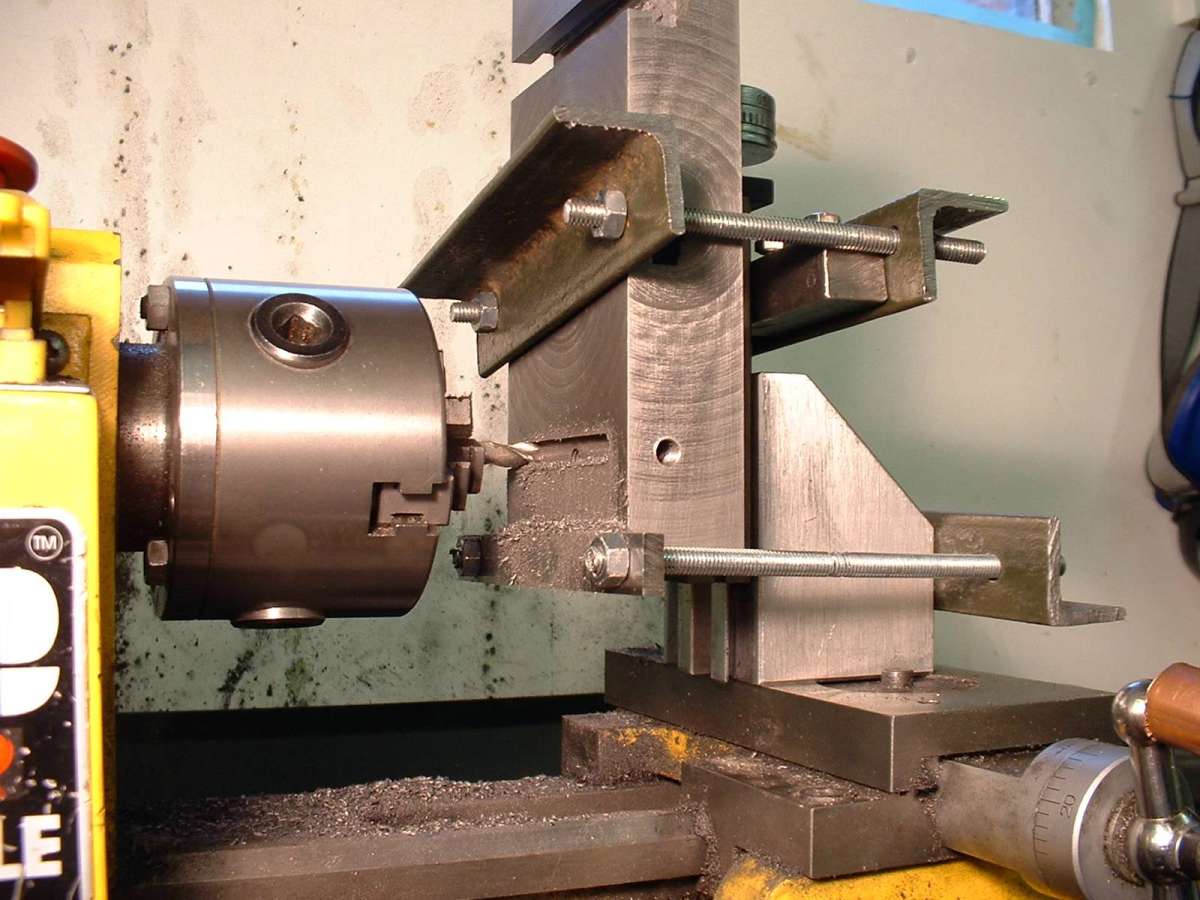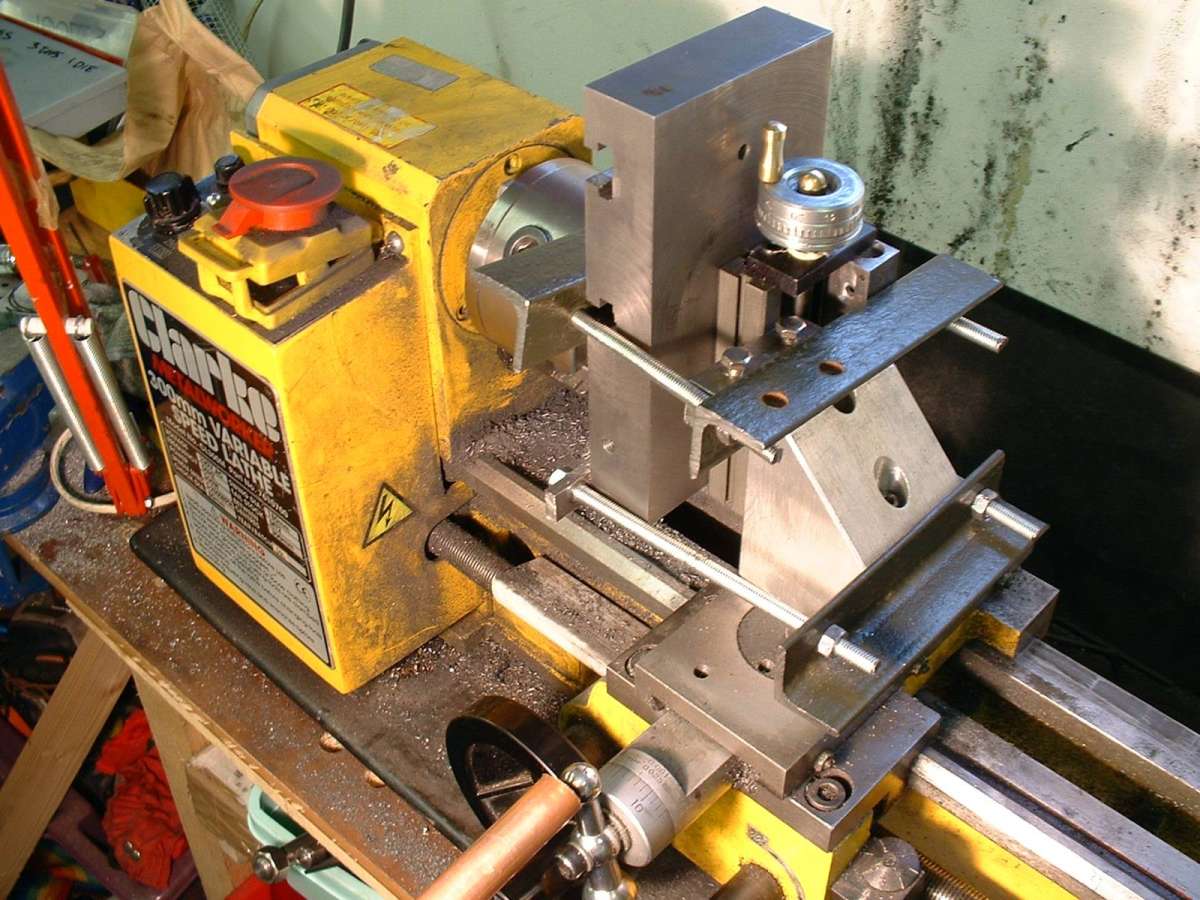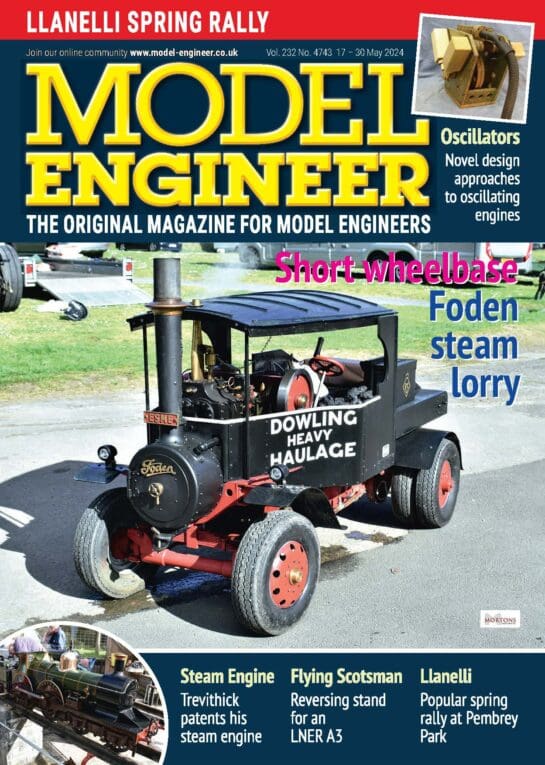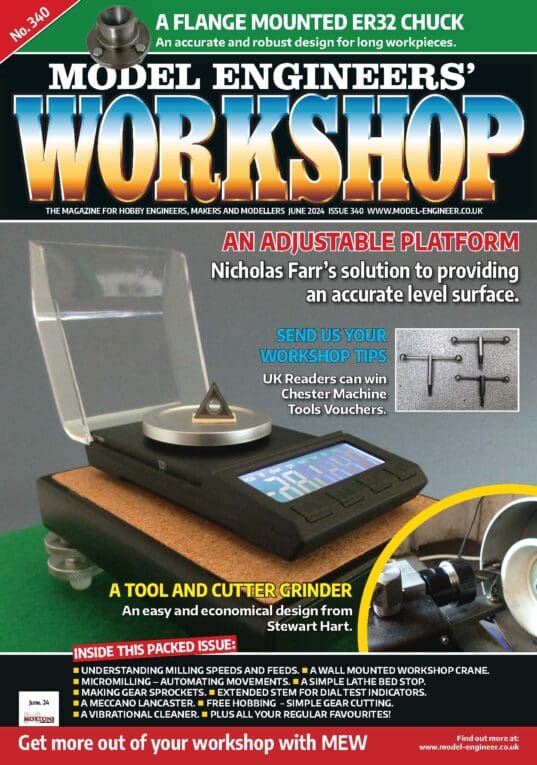Milling on a mini lathe
Milling on a mini lathe
- This topic has 32 replies, 20 voices, and was last updated 28 April 2024 at 23:48 by
Howard Lewis.
- Please log in to reply to this topic. Registering is free and easy using the links on the menu at the top of this page.
Latest Replies
Viewing 25 topics - 1 through 25 (of 25 total)
-
- Topic
- Voices
- Last Post
Viewing 25 topics - 1 through 25 (of 25 total)
Latest Issues
Latest Replies
- From Firth Came Forth… Compounding & Valve Gear?
- Replacing an 1865 British microscope brass focus rack
- YouTube – Was it Hacked?
- Mini closed cycle steam engine, possible?
- Unimat3 vs. Sherline lathes
- 1″ Minnie Traction Engin
- Warco WM250V Cross Slide Nuts
- Grinding Table Slide materials.
- Two great books for the novice
- Piston material for gunmetal cylinder


